Related Research Articles
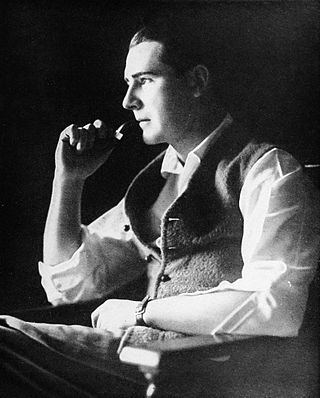
Rex Ingram was an Irish film director, producer, writer, and actor. Director Erich von Stroheim once called him "the world's greatest director".
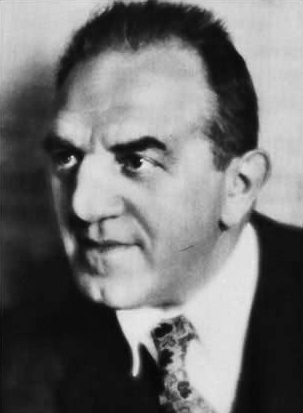
Louis Robert Wolheim was an American actor, of both stage and screen, whose rough physical appearance relegated him to roles mostly of thugs, villains and occasionally a soldier with a heart of gold in the movies, but whose talent allowed him to flourish on stage. His career was mostly contained during the silent era of the film industry, due to his death at the age of 50 in 1931.
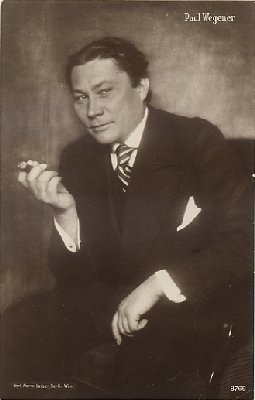
Paul Wegener was a German actor, writer, and film director known for his pioneering role in German expressionist cinema.

Robert G. Vignola was an Italian-American actor, screenwriter, and film director. A former stage actor, he appeared in many motion pictures produced by Kalem Company and later moved to directing, becoming one of the silent screen's most prolific directors. He directed a handful of films in the early years of sound films, but his career essentially ended in the silent era.

Arthur Edeson, A.S.C. was an American cinematographer. Born in New York City, his career ran from the formative years of the film industry in New York, through the silent era in Hollywood, and the sound era there in the 1930s and 1940s. His work included many landmarks in film history, including The Thief of Bagdad (1924), All Quiet on the Western Front (1930), Frankenstein (1931), The Maltese Falcon (1941), and Casablanca (1942).
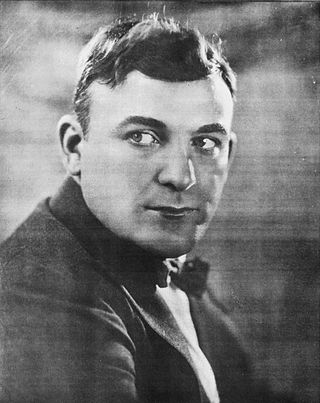
Elmo Lincoln was an American stage and film actor whose career in motion pictures spanned the silent and sound eras. He performed in over 100 screen productions between 1913 and 1952 and was the first actor to portray on film novelist Edgar Rice Burroughs' fictional "jungle" character Tarzan, initially appearing in that role in the 1918 release Tarzan of the Apes.
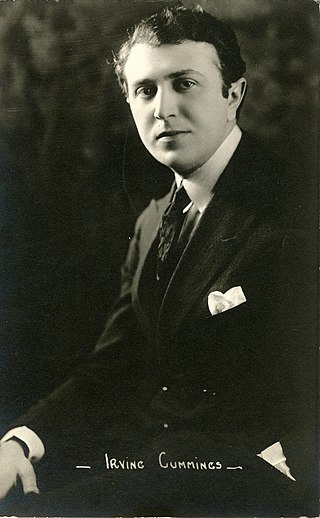
Irving Cummings was an American movie actor and director.

George Fitzmaurice was a French-born film director and producer.

Henry King was an American actor and film director. Widely considered one of the finest and most successful filmmakers of his era, King was nominated for two Academy Awards for Best Director and directed seven films nominated for the Academy Award for Best Picture.

Montagu Love was an English screen, stage and vaudeville actor.

Werner Johannes Krauss was a German stage and film actor. Krauss dominated the German stage of the early 20th century. However, his participation in the antisemitic propaganda film Jud Süß and his collaboration with the Nazis made him a controversial figure.

George A. Siegmann was an American actor and film director in the silent film era. His work includes roles in notable productions such as The Birth of a Nation (1915), Intolerance (1916), The Three Musketeers (1921), Oliver Twist (1922), The Cat and the Canary (1927), and The Man Who Laughs (1928).

Tullio Carminati was a Dalmatian Italian actor.

Lewis Montagna, better known as Bull Montana, was an Italian-American professional wrestler, boxer and actor.

Ralph Percy Lewis was an American actor of the silent film era.
Giuseppe Becce was an Italian-born film score composer who enriched the German cinema.
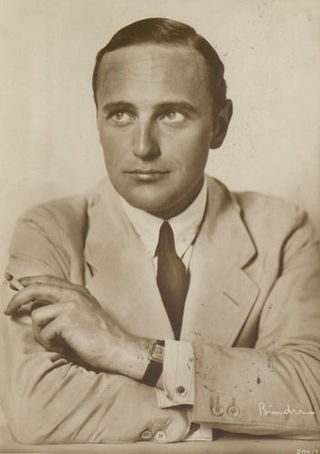
Harry Liedtke was a German film actor.

Lawrence Dallin "Dal" Clawson was a cinematographer in the United States who founded the American Society of Cinematographers.
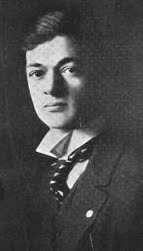
Wray Bartlett Physioc was an American film director, producer and artist. His film The Gulf Between (1917) was the first Technicolor film ever produced.
Lewis Wood Physioc was a cinematographer, matte artist, and painter in the United States. After his film career he taught film at USC in Los Angeles. He was the older brother of Wray Physioc.